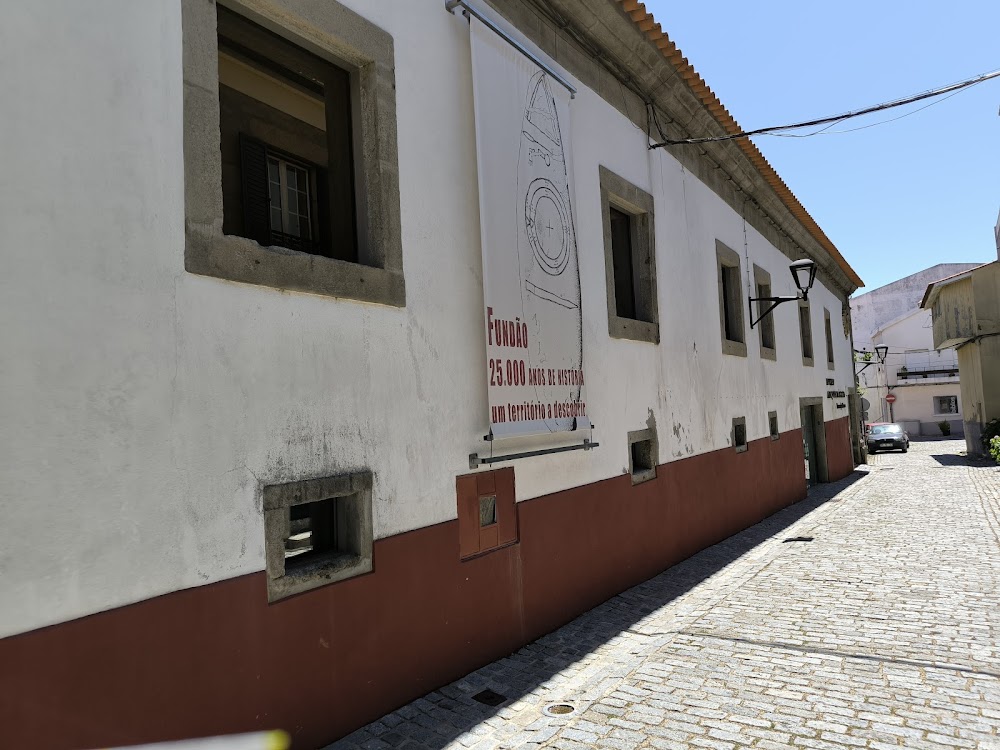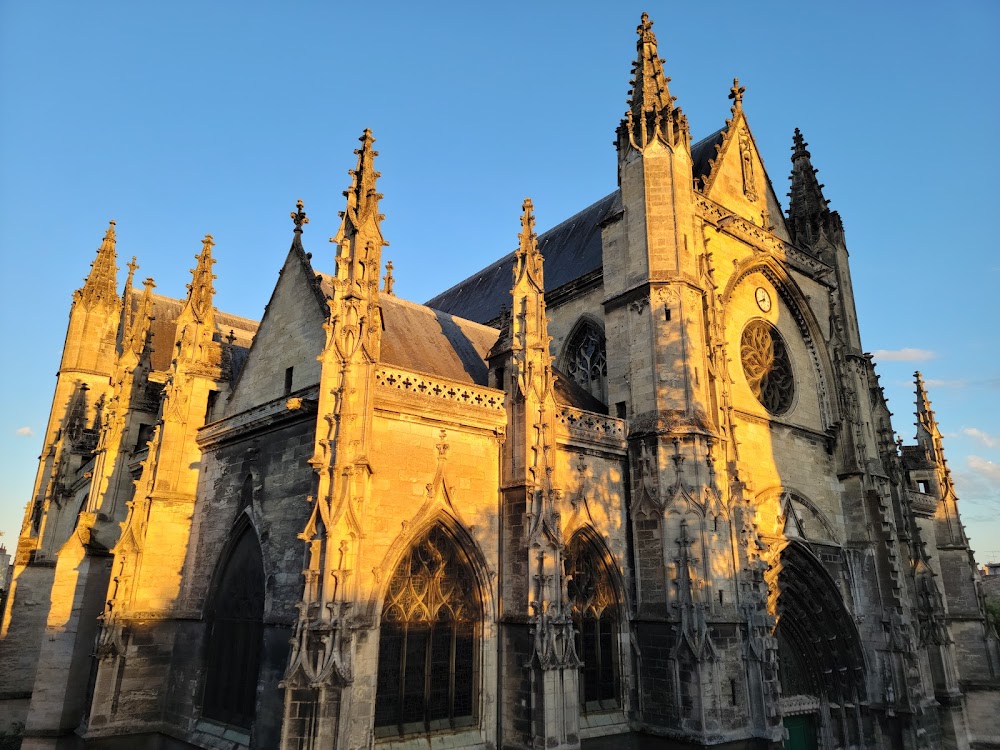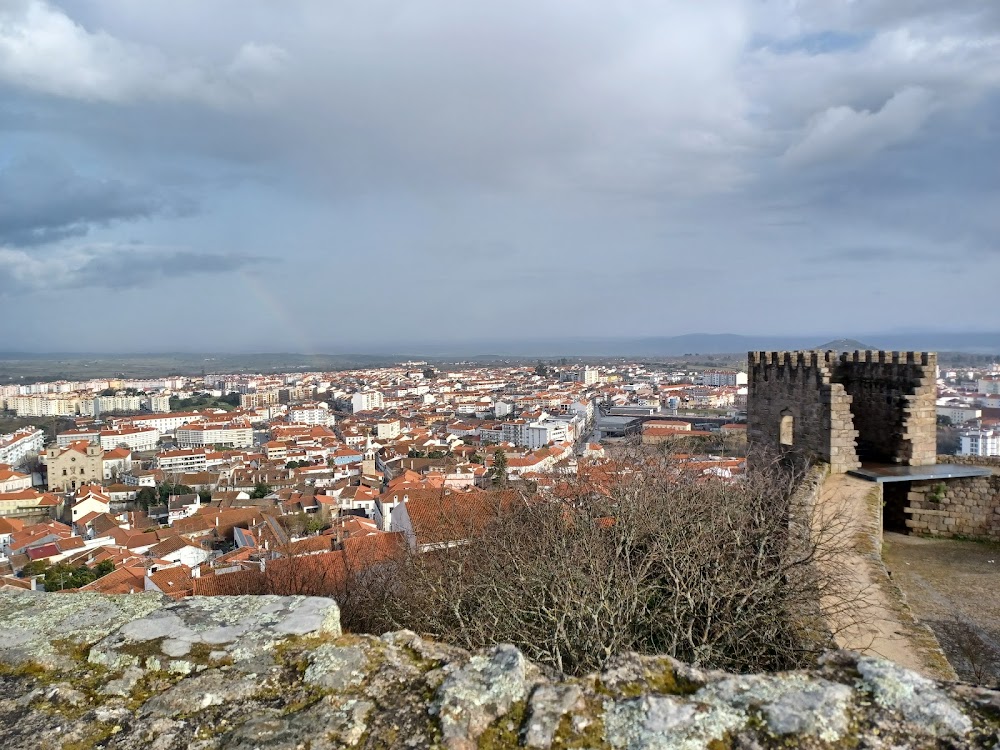Francisco Tavares Proença Júnior Museum (Museu Francisco Tavares Proença Júnior)
Overview
The Francisco Tavares Proença Júnior Museum, located in the vibrant heart of Castelo Branco, Portugal, is a true gem of cultural heritage and artistic expression. This museum is not just a place for exhibits; it is a celebration of the rich history and artistry that defines the region.
Housed within the stunning 18th-century Episcopal Palace, the museum is a striking example of baroque architecture, featuring exquisite stonework and an impressive design. Originally built as the residence for the bishops of Guarda, this historic palace has gracefully transitioned into a museum, inviting visitors to explore its storied past.
The transformation from the Episcopal Palace to the Francisco Tavares Proença Júnior Museum began in the early 20th century, driven by the vision of the esteemed archaeologist Francisco Tavares Proença Júnior. His passion for preserving Portuguese cultural heritage laid the foundation for the museum, with his extensive collections of artifacts forming the core of its diverse exhibits.
Officially inaugurated in 1910, shortly after Portugal embraced a republican government, the museum aimed to safeguard and showcase archaeological finds, historical artifacts, and regional art. It provides a window into the rich tapestry of Castelo Branco's history and culture, with a particular emphasis on archaeological treasures from the Beira Baixa region.
One of the museum's standout features is its remarkable collection of linen and embroidery from Castelo Branco, celebrated for their vibrant and distinctive patterns. These textiles, dating back to the 18th century, are meticulously preserved, highlighting the exceptional artistry and skills of local artisans.
In addition to textiles, the museum boasts an impressive assortment of archaeological artifacts, including tools, ceramics, and jewelry from prehistoric, Roman, and medieval periods. This extensive collection reflects the myriad historical influences that have shaped the region over the centuries.
Over the years, the museum has broadened its collections and exhibitions. Visitors can now enjoy an impressive array of fine arts, featuring works by notable Portuguese painters and sculptors. The museum also hosts temporary exhibitions, educational programs, and cultural events, solidifying its role as a vibrant cultural hub in Castelo Branco.
The restoration and maintenance of the Episcopal Palace have been vital in preserving the museum's historical integrity. Careful efforts have been made to retain the building's original architectural features while modernizing facilities to meet contemporary museum standards.
Today, the Francisco Tavares Proença Júnior Museum stands as a testament to the rich history and cultural heritage of the region. It remains a crucial institution, dedicated to educating the public and preserving the cultural artifacts of Castelo Branco for future generations to explore and enjoy.






